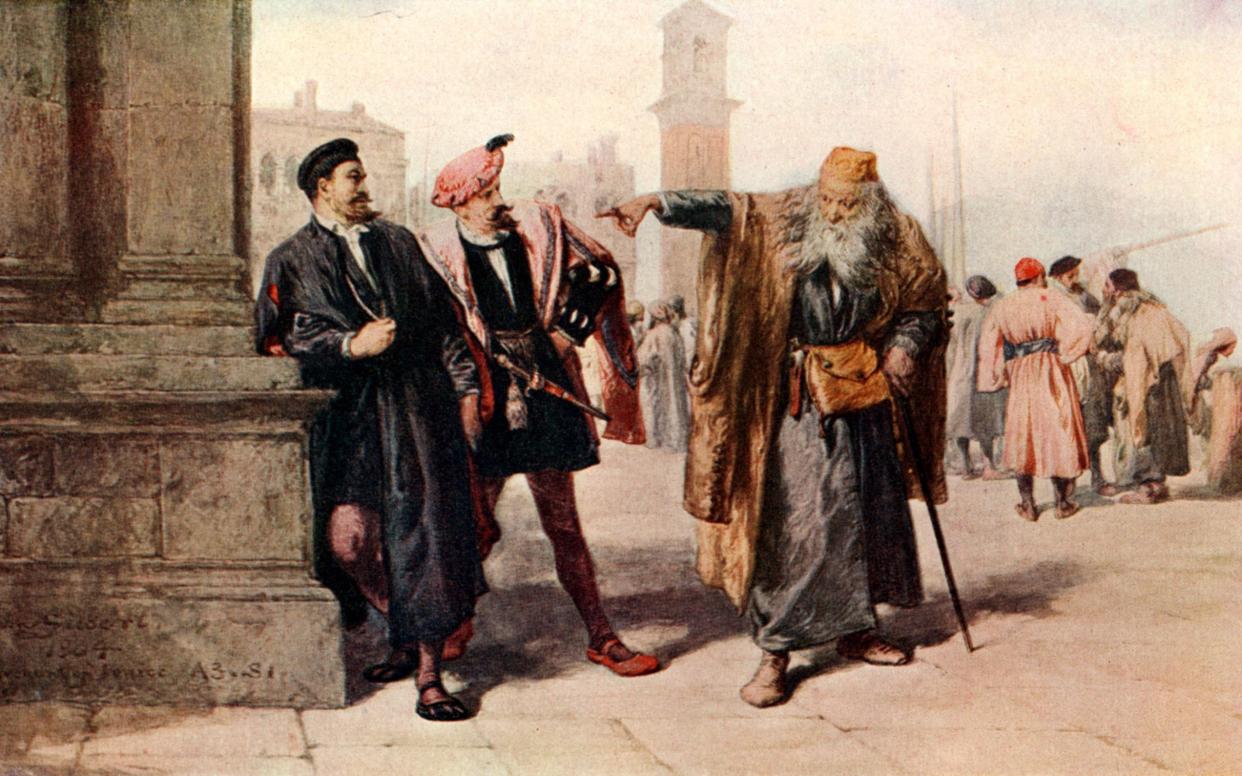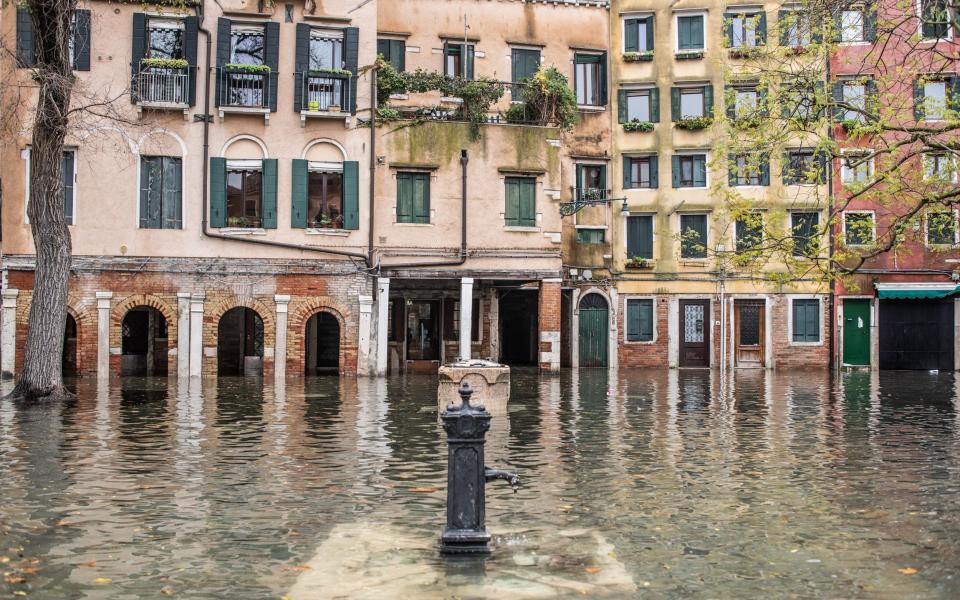The resilient merchants of Venice

German forces entered Venice in September 1943, as part of their sudden takeover of Italy after the Italian government had surrendered to the Allies. One of their first actions was to order the head of the Jewish community, a retired doctor called Giuseppe Jona, to hand over the names of all the Jews who lived in the city. They gave him two days. He spent that time destroying every record he could lay his hands on, and warning Jews to flee or hide; then he committed suicide. His actions are thought to have saved at least 1,000 lives – roughly half the prewar Jewish population.
Many of those people were still living in the historic Venetian Ghetto, until they received Jona’s warning. This was not, of course, because they were legally obliged to do so – that rule had been abolished after Venice was conquered by the French revolutionary army in 1797 – but rather because it was the long-established heart of the community. The Ghetto had shaped the lives of Venetian Jews for nearly 300 years; how it did so is the subject matter of Harry Freedman’s fascinating new book.
The very word “ghetto”, which has such sinister overtones today, derives from the small area where the Jews were first confined in the early 16th century: it was the site of a former metal foundry, “getto” being the word for metal-casting (from “gettare”, to cast or throw). The idea that Jews should be confined to a particular quarter, and their movements strictly regulated, was already current in other European cities. But Venice went further, by selecting a range of buildings around a central square, requiring Jews to live there and forbidding Christians to do so, and setting great gates on the entrances to it, which were locked and guarded at night.
Why these special measures? Anti-Semitism was a strong force in Venetian Renaissance culture, but no stronger than in other parts of Christian Europe. Essentially, the Ghetto was a pragmatic compromise between those policymakers who wanted to expel all the 700-odd Jews (who had settled in the city only recently, as war refugees from nearby Venetian territory), and those who wanted them to stay. The republic of Venice was run by canny merchants; pragmatism was in their bloodstream, and they were well aware of the economic value of the Jews, both as taxpayers and as pawnbrokers and moneylenders to the general population.
The Jews could be pretty good pragmatists, too – indeed, they had to be in order to survive. They pushed against the limitations, bargaining with the authorities and bending the rules where they could. Their businesses gradually extended beyond the approved categories (mostly moneylending and selling secondhand goods); Christian customers and visitors thronged the Ghetto during the day; and at night, the Jewish elite of learned physicians, who had studied at the University of Padua, were allowed out to visit their Christian patients.

As Freedman shows, the interactions went further than that. Soon after the creation of the Ghetto in 1516, a Flemish Christian printer in Venice, Daniel Bomberg, began producing major works in Hebrew, including both the Hebrew Bible and the Talmud. Increasingly, he relied on learned rabbis from the Ghetto to act as editors and proofreaders. The more than 200 titles he produced over several decades were read not only by Jews as far away as Poland, but also by Christian scholars throughout Europe, transforming Western knowledge of Judaism.
As Venice became a focal point of Jewish learning, the connections with Christian culture grew. In the early 17th century, one eminent rabbi born in Venice, Leon Modena, wrote a description of the Jewish religion for non-Jews, designed to dispel their prejudices; it was published in Paris, and became a basic source of knowledge for Western Christians. But Freedman’s particular interest lies in interactions in the opposite direction: Jewish writers who picked up ideas from Italian Renaissance culture – including ideas about how to read the Bible – and developed them further, for the benefit of their own community. He even suggests that the “Jewish Enlightenment”, something traditionally located in 18th-century Germany, had its real beginnings in early-modern Venice.
This is not, it should be said, a work of cutting-edge scholarship. Freedman has read some key texts in Hebrew, but mostly he depends on secondary works, largely in English. And the inevitable attempt to tie in Shakespeare’s The Merchant of Venice does not get us very far (“If Leon had heard of Shakespeare then we might wonder whether he had also heard of Shylock...”, and so on), especially when it invokes A L Rowse’s discredited theory about the Italian identity of Shakespeare’s “Dark Lady”.
But never mind. The blurb describes Harry Freedman as “Britain’s leading author of popular works of Jewish culture and history”, and one can see here some of the reasons for his success: a good eye for detail, an easy, fluent style, and the ability to distil complex issues without dumbing down. This world of Jewish-Italian authors and thinkers formed part of the culture we all inherit. Now, more than ever perhaps, it is good to be reminded of that.
Shylock’s Venice is published by Bloomsbury at £20. To order your copy for £16.99, call 0844 871 1514 or visit Telegraph Books. Noel Malcolm’s latest book is Forbidden Desire in Early Modern Europe.

